Unlocking Synergy: DevOps, Cloud, and IT Service Management (ITSM)
A guide for practitioners, support, and development teams
07 mins read
Introduction
DevOps, IT service management (ITSM), and Cloud have been around a long time, yet they remain somewhat of a mystery to some and completely misunderstood by others. I have often heard that DevOps is 'purely technical and agile automation,' while Cloud 'is stuff in other people's datacentres,' and ITSM 'is that ITIL control stuff.' But is that correct, and are they truly incompatible?
What is this DevOps, Cloud, and ITSM stuff anyway?
First, it is important to understand what DevOps, ITSM, and Cloud are all about and
how they interact.
DevOps represents a cultural and technical movement emphasizing communication, collaboration, and integration between software development and IT operations.
It aims to automate the software delivery process and improve the quality of software deployment by fostering a culture of continuous improvement. It epitomizes a change in thinking in software development, emphasizing collaboration, automation, and continual enhancement by melding development with IT operations.
Key features of DevOps include continuous integration (CI), continuous delivery/deployment (CD), automated testing, and monitoring. DevOps integrates with Cloud by utilizing its scalable infrastructure, enabling automated deployments, and leveraging services like containerization (e.g., Docker) and serverless computing (e.g., AWS Lambda).
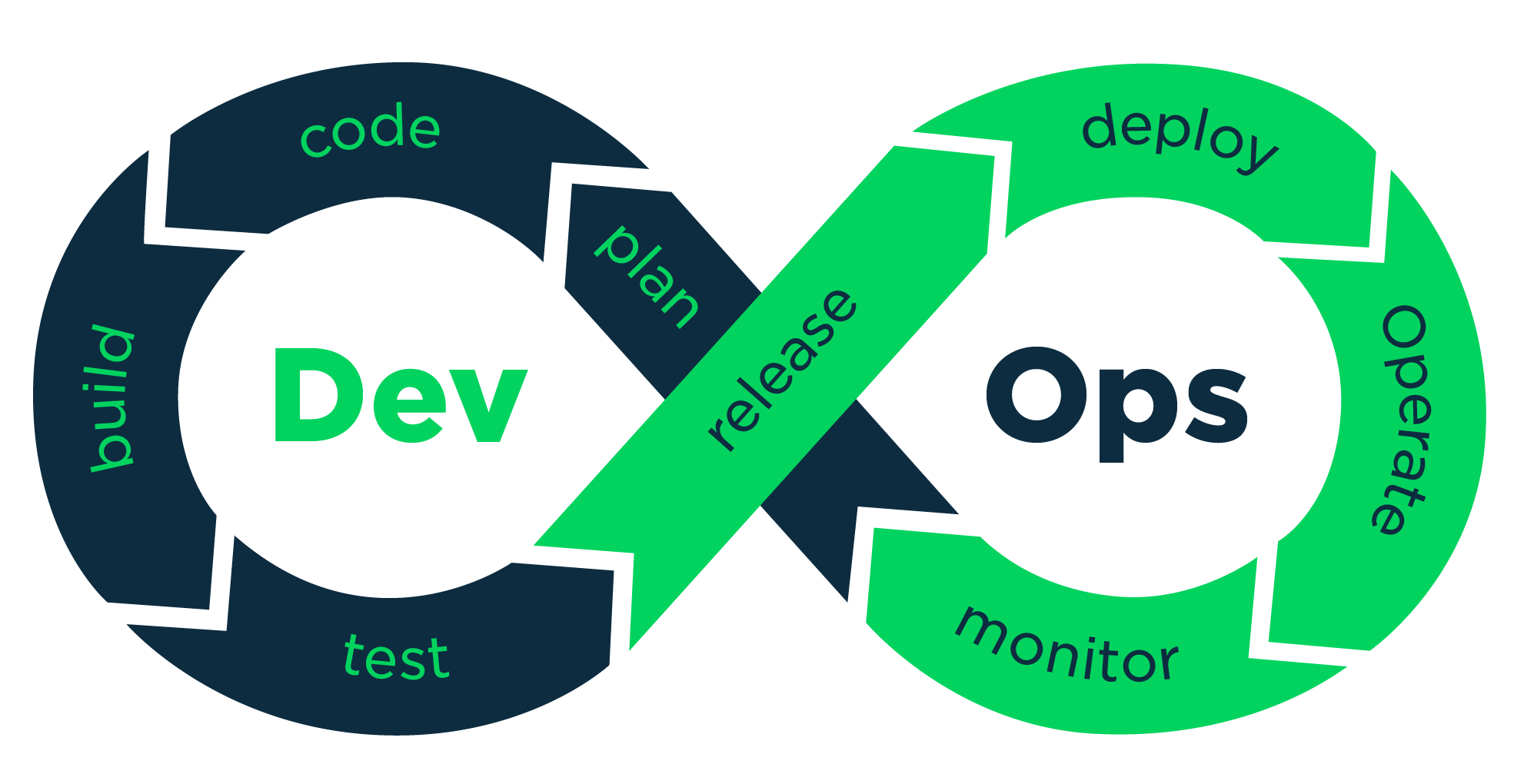
The Cloud provides various computing resources that are on-demand, scalable and accessible via the internet. It offers scalability, flexibility, and cost-efficiency by enabling users to access applications, storage, and computing power anywhere, anytime.
Cloud integrates with DevOps by providing an environment conducive to automation, scalability, and resource management. DevOps practices align with the Cloud's flexibility, allowing faster development cycles, rapid prototyping, and efficient resource utilization through infrastructure as code (IaC) tools like Terraform or CloudFormation.
It offers unparalleled accessibility to computing resources, fostering scalability, flexibility, and cost-efficiency.
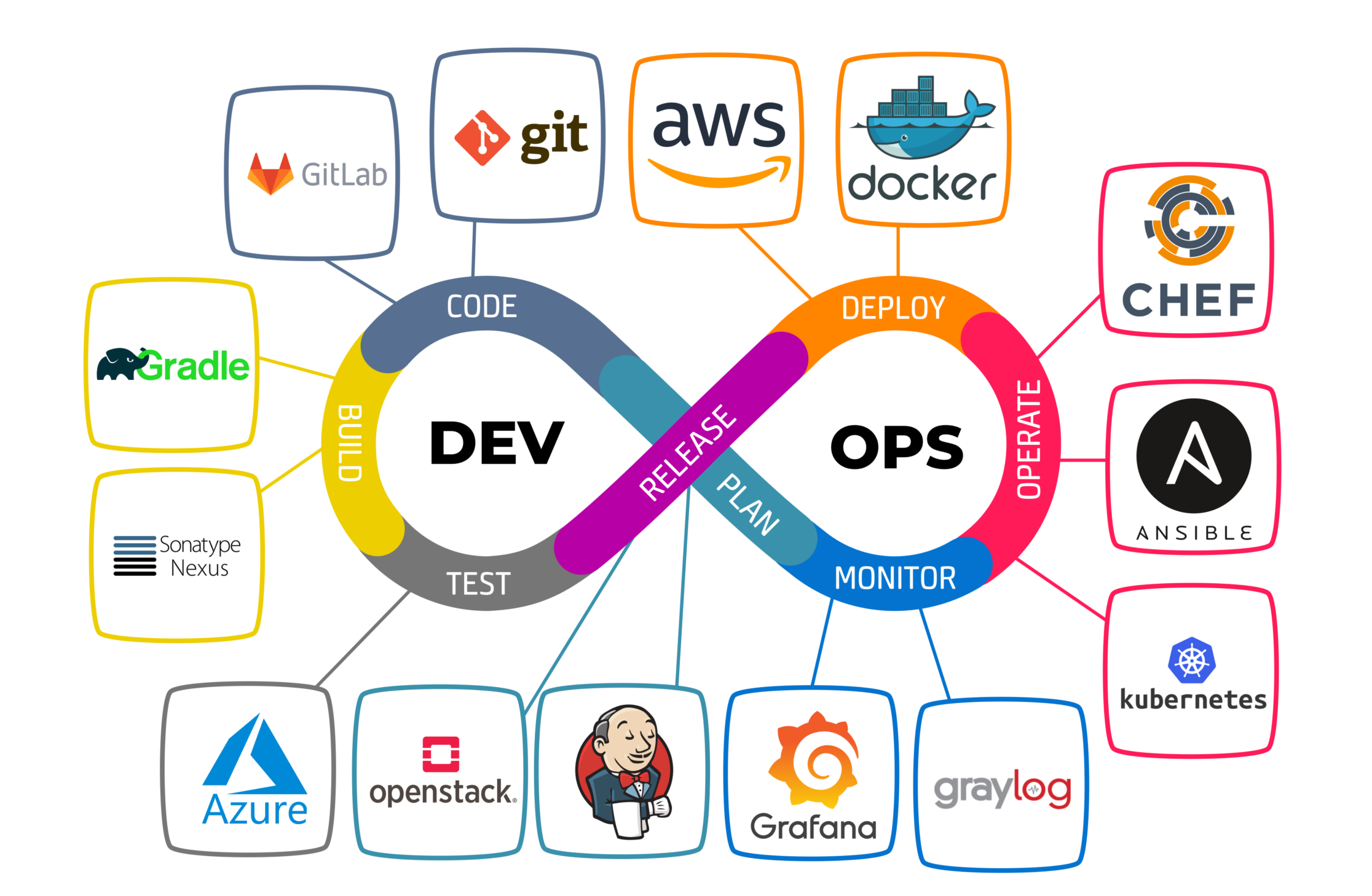
ITSM refers to the practices, policies, and strategies an organization adopts to design, deliver, manage, and improve IT services offered to customers. It encompasses processes like incident management, change management, and service request fulfilment to ensure smooth IT operations.
ITSM integrates with DevOps by focusing on service delivery and ensuring that changes in the IT environment are managed effectively. DevOps enhances ITSM by streamlining processes, reducing manual interventions, and enabling faster resolution of incidents and service requests through automated workflows.
It encapsulates IT service delivery strategies and practices, ensuring seamless operations via incident management, change control, and service fulfilment.
Similarly, DevOps orchestrates continuous integration, delivery and deployment, automated testing, and vigilant monitoring. It merges seamlessly with the Cloud by leveraging scalable infrastructure and services like containerization and serverless computing.
ITSM harmonizes with DevOps by focusing on service delivery, enhancing agility and incident resolution through streamlined processes. DevOps augments ITSM by instilling a culture of collaboration, enabling faster incident resolution, and improving service delivery. While automation remains pivotal, the constructive interaction lies in fostering shared responsibility and swift adaptation to changes.
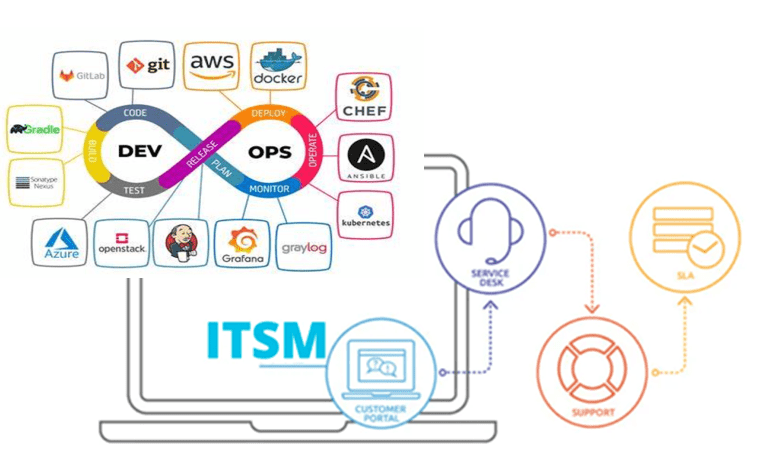
Practical Tips, Examples, and Making DevOps Matter
- Cultural Shift - Develop your culture to be collaborative, supportive and have shared responsibilities - especially between development, project, and support teams.
- Automation - Identify and automate repetitive tasks to streamline processes and reduce errors.
- Toolchain Selection - Choose tools that align with organizational goals and facilitate integration between DevOps and ITSM practices.
- Training and Education - Invest in training to upskill teams on DevOps practices, Cloud technologies, and ITSM frameworks - some examples include:
- AXELOS ITIL Specialist: Acquiring and Managing Cloud Services
- Google Education Fundamentals Training
- AWS Certified Cloud Practitioner
- Microsoft Certified: Power Platform Fundamentals
- Microsoft Certified: Azure AI Fundamentals
- Microsoft Certified: Dynamics 365 Fundamentals Customer Engagement Apps (CRM) and Finance and Operations Apps (ERP)
- Microsoft 365 Certified: Fundamentals
- Microsoft Certified: Azure Fundamentals
- Microsoft Certified: Security, Compliance, and Identity Fundamentals
- Microsoft Certified: Azure Data Fundamentals
- Deployment Automation - Implement CI/CD pipelines using tools like Jenkins or GitLab CI to automate software delivery, ensuring faster and more reliable deployments.
- Infrastructure as Code - Use Terraform or AWS CloudFormation to define and manage infrastructure in a reproducible and automated manner, reducing manual configuration efforts.
- Monitoring and Incident Management - Employ tools like Prometheus or ELK Stack for real-time monitoring and alerting, enabling proactive incident management and resolution.
- Align with Business Goals - Showcase how DevOps practices can accelerate time-to-market, improve product quality, and enhance customer satisfaction.
- Measure Success - Define key performance indicators (KPIs) and track metrics like deployment frequency, lead time, and mean time to recovery (MTTR) to demonstrate the impact of DevOps on the organization.
- Continuous Improvement - Feedback Loops and Value Stream Mapping with the Three Ways
- Encourage a culture of continuous learning and improvement, celebrating successes and learning from failures.
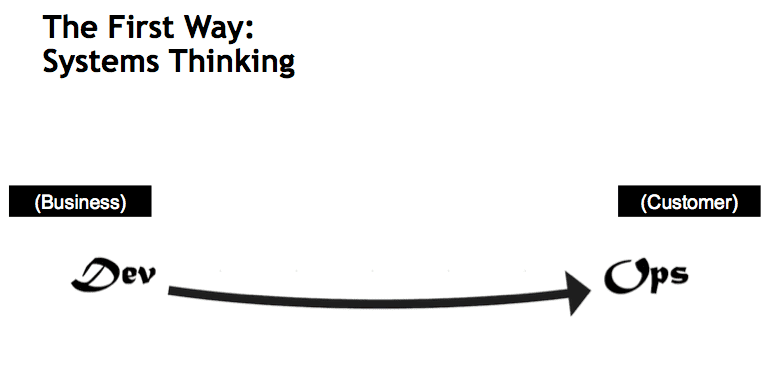
- Illustrate how DevOps aligns with organizational objectives, propelling faster time-to-market, enhanced product quality, and elevated customer satisfaction.
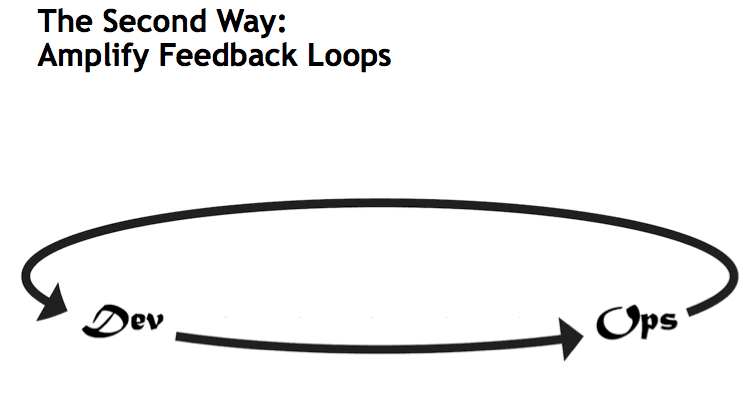
- Implement feedback mechanisms to improve processes and continuously enhance product quality. The Three Ways: The Principles Underpinning DevOps | Gene Kim (itrevolution.com)
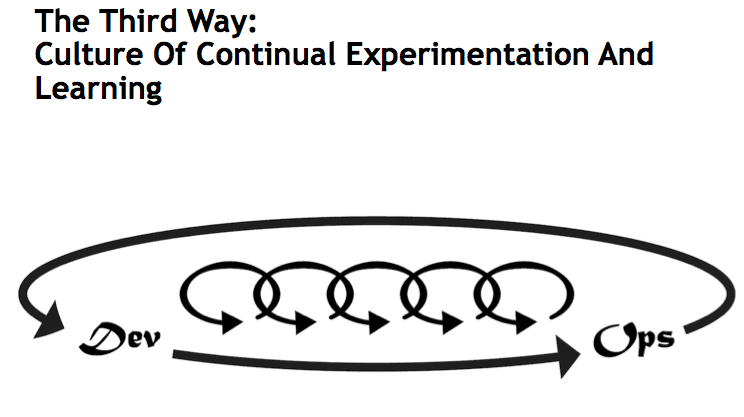
- Encourage a culture of continuous learning and improvement, celebrating successes and learning from failures.
Real-world Scenarios:
Before exploring a working example of DevOps in practice, it is important to understand that we can blend DevOps, ITSM and Cloud into almost any real-world scenario, whether a large and mature organisation or a small startup.
For example, a retail corporation adopts DevOps principles to enhance its e-commerce platform. Utilizing the Cloud's scalability, they implement CI/CD pipelines with Jenkins, allowing rapid feature rollouts. Integrating ITSM practices, using automated workflows for issue resolution, and revolutionizing incident management.
Additionally, it could apply to accelerating innovation in a Tech Startup where they leverage Cloud services for infrastructure and employ DevOps methodologies to deploy updates swiftly. They utilize Terraform for infrastructure as code, ensuring reproducibility. ITSM practices provide customer-centric incident resolution, aligning with DevOps' continuous
improvement ethos.
One particularly resounding success in the world of adopting DevOps is that of how Auto Trader, a UK automotive marketplace, built a centralized platform using Google Kubernetes Engine and an Istio service mesh, which has led to increased visibility, faster turnaround, and instant observability that the platform provides.
Dave Whyte's How Auto Trader achieved the DevOps Dream article explains how Kubernetes provides self-healing, rapid container cluster management, and quick release roll-back, while Istio helps encrypt traffic within clusters and manage traffic between different services by setting policies. This leads to:
- Developer empowerment and security integration - how combining Kubernetes and Istio gives developers secure freedom to release and control their applications while integrating security into the pipeline in line with the OWASP application security model.
- People and culture are key ingredients. Auto Trader's core set of values and diverse culture have enabled the company to work together, continuously improve, and push normal boundaries.
Making DevOps Matter
In conclusion, it is important to understand that while DevOps blends automation and technology, it does not abdicate the 'people side' of digital and IT development and operations. Like ITSM, it builds on them with experimentation, learning, and improvement.
Consider objectives and key results (OKRs) and key performance indicators (KPIs) tracking lead time, deployment frequency, and mean time to recovery (MTTR) to highlight DevOps' impact. But also automate as much as possible.

In Auto Trader's Operations Team monitoring, they portray Kenny from South Park in several ways. If he starts to 'die,' then it is an indicator to act but avoid the false positives.
Consider Value Stream Mapping as part of the Service Value System/Chain in ITIL4 using three ways - you might find some quick improvements.
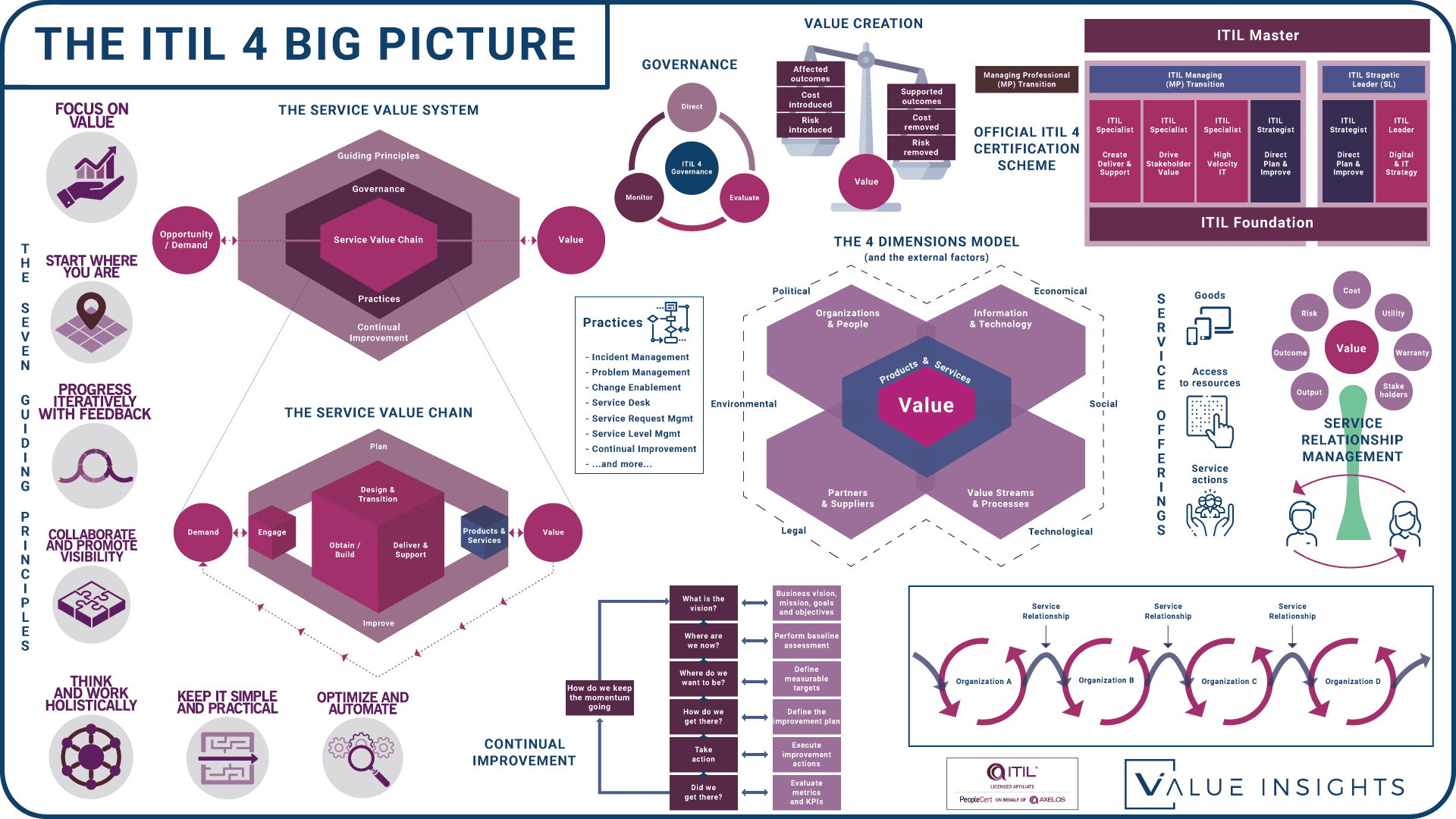
By seamlessly amalgamating DevOps, Cloud, and ITSM, organizations achieve
operational efficiency and innovation and create a resilient framework adaptable to evolving market demands.
Further Reading:
- Blending ITIL, Agile, DevOps, and LeanUX at Auto Trader UK | PPT (slideshare.net)
- The Phoenix Project Game - Autotrader Case Story.pdf (hubspot.net)
- Auto Trader (UK) Case Study | Google Cloud
- Bridging the Gap Between ITSM and DevOps: A Quick Guide (insightsforprofessionals.com)
- ITIL® 4 and DevOps | Axelos

